Tactical Assertiveness and Strategic Purpose
The latest India-Pakistan crisis seems to have dropped of the public gaze as escalation concerns have subsided, but this has happened even as an unabated war by other means has continued on the Line of Control (LoC) and to a lesser extent along the International Border (IB). According to partial data on the South Asia Terrorism Portal (SATP), since Balakot and the subsequent Pakistani response in 79 incidents of ceasefire violations until March 29, 2019, including the raid by the Pakistan Air Force (PAF), 17 casualties (2 killed and 15 injured) have been inflicted on Security Forces, while 14 casualties (5 killed and 9 injured) have been inflicted on civilians on the Indian side. Till March 29, 2019, 135 violations have taken place.
Official data indicates a yearly uptick in ceasefire violations from 2016, when 449 violations took place, with 971 violations in 2017 and 1962 violations until November 30, 2018. Corresponding fatalities suffered by security forces are 13 killed in 2016, 19 killed in 2017 and 24 killed until July 31, 2018. Civilian fatalities stand at 13 in 2016, 12 in 2017, and 28 killed untill July 31, 2018. The current violence has largely been concentrated along certain areas of the LoC, particularly Rajouri and Poonch Districts. It is however not unusual for the two militaries two exact retribution from each other after a major incident, but this dynamic is now complicated with the emergence of new tactics and capabilities. A slew of acquisitions in the pipeline however suggest that India may be pushing to achieve escalation dominance along the border. This could potentially transform into an overt punitive option at lower levels of the escalation ladder.
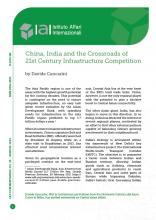 The Asia Pacific region is one of the areas with the highest growth potential for the coming decades. This potential is contingent on the need to ensure adequate infrastructure, no easy task given recent estimates by the Asian Development Bank, with spending needs for infrastructure in the Asia Pacific region predicted to top 1.7 trillion dollars a year.[1]
The Asia Pacific region is one of the areas with the highest growth potential for the coming decades. This potential is contingent on the need to ensure adequate infrastructure, no easy task given recent estimates by the Asian Development Bank, with spending needs for infrastructure in the Asia Pacific region predicted to top 1.7 trillion dollars a year.[1]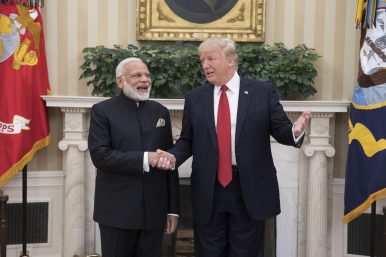
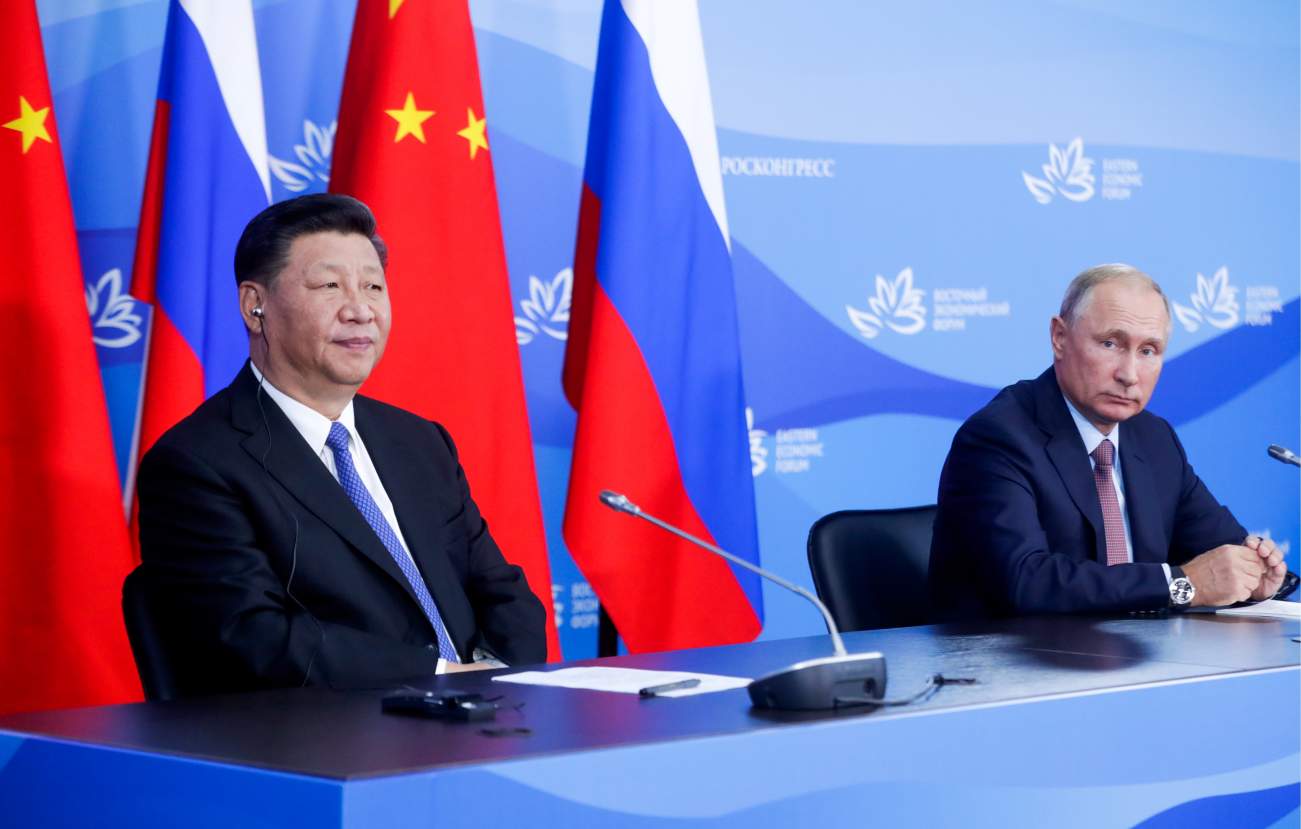



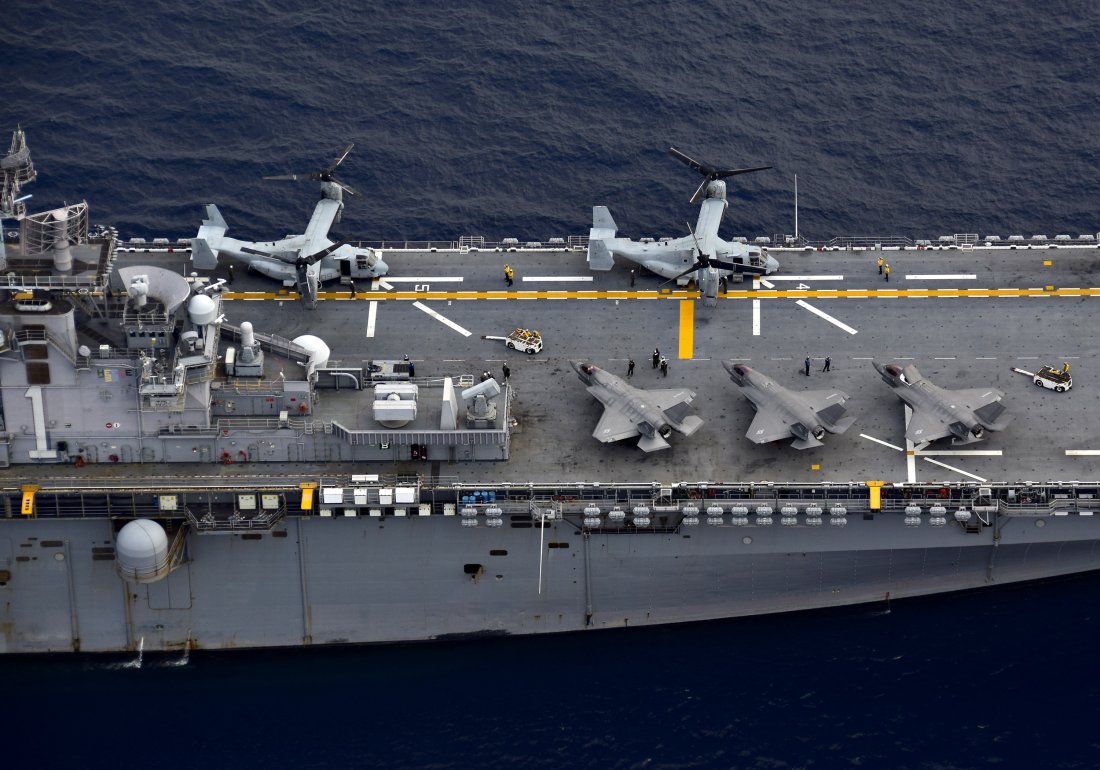
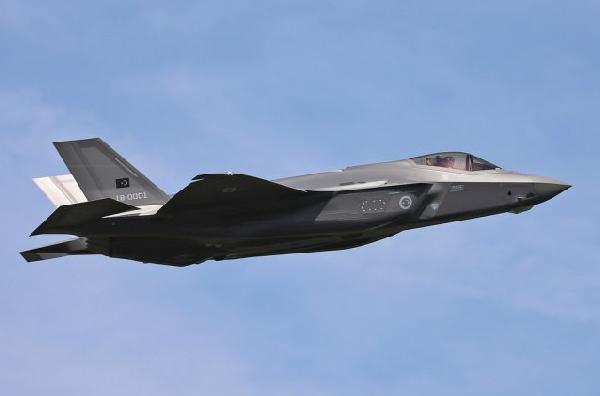
/arc-anglerfish-arc2-prod-mco.s3.amazonaws.com/public/P34VEIRTRZFA7G72GQKUPCLB7E.jpg)








/arc-anglerfish-arc2-prod-mco.s3.amazonaws.com/public/7ABIYC3FRJAN5F7QBV4G6QNYTQ.jpg)

